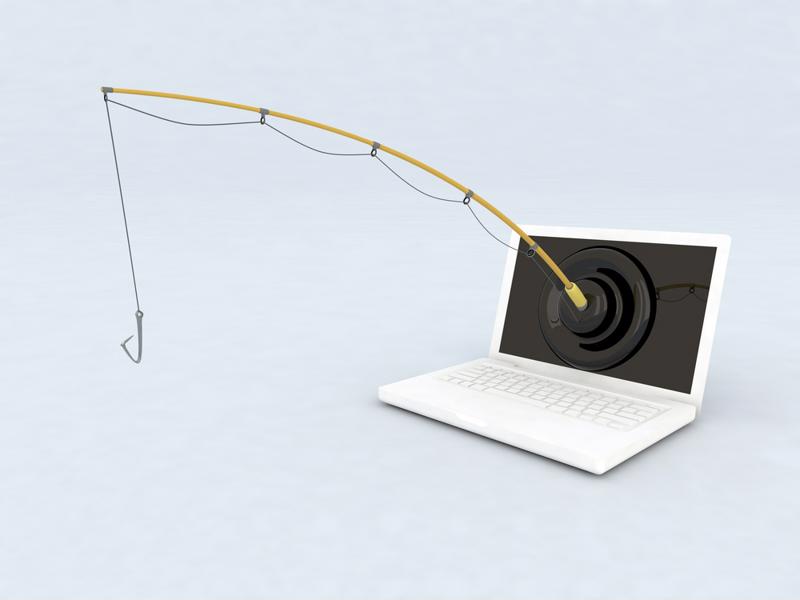What modern cyber attacks actually look like
Credit to Author: Trend Micro| Date: Mon, 20 Mar 2017 21:59:38 +0000

Sometimes, your data protection tools may actually be providing a false sense of security. A Venafi survey of 500 CIOs found that they were wasting millions of dollars on cyber security solutions that couldn't differentiate between malicious and authorized keys and certificates, Information Age reported. As a result, 90 percent of respondents said they expect their organization to be hit by an attack hidden by encrypted traffic or have already experienced one.
When you think of a cyber attack, you might think of a lone person in a dark room slamming away on their keyboard, but this perception has left many organizations vulnerable to sophisticated attacks. Hacking methods are advancing and look much different from the viruses of yesteryear. And even worse, cyber criminals now act as part of syndicates that span the globe and use their deep pockets to fund in-depth attacks as well as the development of new malicious programs.
Let's take a closer look at what cyber threats could impact your business and how to protect yourself against them.
1. Ransomware
However, as The Atlantic noted, this number only accounts for the victims that reported their incidents to the bureau. The true extent of ransomware and price of lost productivity could be much more severe. Experts predict that the rate of ransomware incidents will continue to rise this year, and organizations, particularly those handling financial data, personal information and healthcare records, must protect themselves.

For example, healthcare providers are major targets for ransomware attacks. Patient records are particularly valuable for identity theft and medical fraud. As Modern Healthcare contributor Joseph Conn noted, the push toward electronic health records has introduced a significant vulnerability, providing additional entry points through mobile devices. To make matters worse, when data is being ransomed, many organizations decide to pay it in order to recover quickly. The problem is, attackers might not always release your information once the ransom is paid – they may instead ask for more money.
No matter what industry you're in, ransomware is a popular way for attackers to halt productivity and make money from your loss. You should never pay the ransom, as there's no guarantee that the hackers or cyber crime syndicates will live up to their promises. Instead, start setting up securely contained, off-site data backup and recovery systems, which can be the saving grace to restore your critical files. Furthermore, leverage data breach systems to detect unusual activity and identify hackers when they're active in your network before they plant malicious software.
"Any signs of phishing will not be overly obvious."
2. Phishing and whaling
Phishing tactics have also become more sophisticated over the years to convince more unsuspecting viewers to click on malicious links or files. In the first quarter of 2016, the Anti-Phishing Working Group identified more phishing attacks than in any other three-month span since it began tracking data 13 years ago. More than 120,000 unique phishing websites were found in March of that year alone. Attackers send these malicious links through emails using common subject lines and legitimate-looking addresses. If organizations don't have capable security tools, they can easily miss these harmful links and permit an attacker to enter their system.
The other side of the phishing spectrum is the more aggressive whaling method. This form of phishing features emails that are targeted at getting information out of executives and business leaders. Whaling emails look like they are coming from a normal address of someone with legitimate authority that needs help resolving an urgent issue, Lifewire stated. Hackers can use this approach to gain employee information, critical documents and even access to critical systems.
It's important to train employees how to avoid phishing and whaling schemes and what malicious emails can look like. The signs will not be overly obvious, and this is why so many continue to fall for these methods. While data breach systems will identify viruses and other malicious traffic within your network, it will be up to you to ensure that you don't reveal personal information to malicious parties.

3. Scams
If something seems like it's too good to be true, it probably is. Many scammers will use pop-up windows, deals and prizes to get you to click and install malware. The trip to Hawaii that you magically won without entering a contest is probably not legitimate. However, attackers will use sophisticated techniques to make these types of communications look like the real deal. It's important for users to be skeptical of offers and check with real companies to see if they're authentic.
Netflix's name was part of a scheme to steal user credentials and infect their systems with Trojans to take financial and personal data. Attackers posted ads on suspicious sites offering a Netflix account for free, which led users to a login generator – essentially a tool that should automatically generate legitimate login credentials. Victims who agreed to the deal were quickly greeted by ransomware on their computers. If you download this protocol on multiple devices, it may be difficult to notice the fraud right away, increasing the danger across your system. This type of scam is likely to be replicated for other official brands and services. You must be able to identify these scams and train your employees how to avoid them.
Cyber attacks are continually becoming more sophisticated. You need to ensure that your security tools are up to the task of defending your critical systems and information. Data breach solutions can identify unusual behavior as it happens and work to minimize potential damage. By understanding the types of threats you're up against in the modern tech world, you can better protect your business.